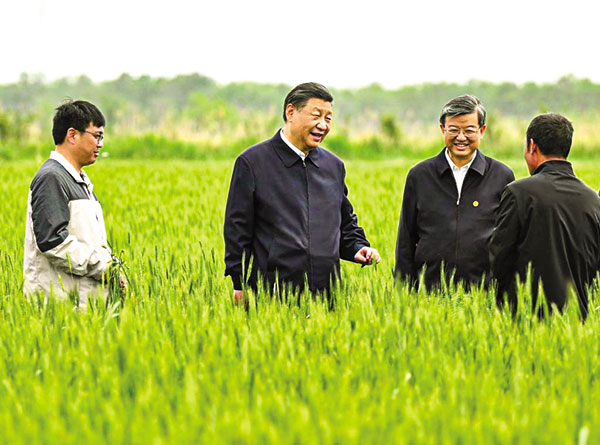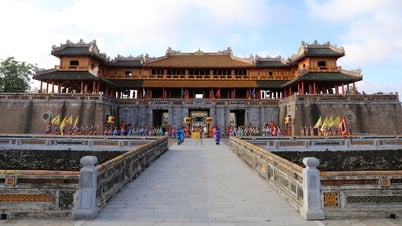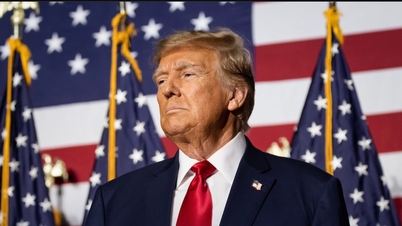MAI QUYEN
China is expanding its agricultural land area amid disruptions to grain exports caused by the Ukraine war, driving global food prices to record highs.
Photo: Xinhua
In the 1990s, American scholar Lester Brown published an article in World Watch magazine titled "Who Will Feed China?", expressing concern about food shortages in mainland China. Beijing subsequently seriously implemented campaigns to improve the nation's food self-sufficiency. In 1998, the situation changed when excessive reforms led to overproduction of agricultural products, resulting in a supply surplus. At this point, China considered a new policy of returning agricultural land to forests.
Since President Xi Jinping took office in 2013, the "from farm to forest" policy has gained increasing importance, with green development being considered one of China's key strategies amidst the global fight against climate change. However, recently, the "Return farmland to forest" policy that Beijing has promoted for the past 20 years seems to be shifting, with slogans like "Return forests to farmland" becoming a trend. Videos of parks and forests being converted into agricultural land are also spreading rapidly on domestic online platforms.
On May 11th, President Xi Jinping inspected a wheat field in Hebei province (pictured). Accompanying him was Politburo Standing Committee member Cai Qi, who is responsible for national food security. This inspection suggests that food security is of paramount importance to Beijing. According to Nikkei, the goal of increasing food production may have been decided in March, when Premier Li Keqiang submitted his government work report to the annual session of the National People's Congress. In the report, Premier Li affirmed that the policy of ensuring agricultural land area would increase domestic grain production capacity to 50 million tons. To achieve this goal, many new forests will have to be cleared for cultivation. China also needs a large number of agricultural workers. This aligns with Beijing's current policy of encouraging young people to start businesses in rural areas amidst increasing job pressure.
The need to reduce dependence on the US and Ukraine.
After joining the World Trade Organization in 2001, China achieved rapid economic growth by accelerating its transition from an agricultural to an industrial economy. However, in the face of external factors such as the war in Ukraine and the US-led multinational coalition against China, mainland scholars say Beijing must act, considering food self-sufficiency as important as technological self-reliance.
Prior to the outbreak of hostilities, Ukraine was the world's largest exporter of sunflower seeds, and China was a significant importer of these seeds from Kyiv. Ukraine also supplied over 80% of China's total corn imports. Since 2021, China has increased its corn imports from the US following an agreement reached with the administration of former President Donald Trump to de-escalate the trade war. Currently, China's three largest corn importers are the US, Brazil, and Ukraine.
Besides corn, 85% of China's total soybean demand also relies on imports from the US and Brazil. In addition to essential grains, Beijing has also increased meat imports since people's incomes improved and their diets began to become more Westernized. This year, China's pork imports are expected to increase by nearly 4% compared to 2022, reaching 2.2 million tons, due to high consumer demand following the end of COVID-19 pandemic restrictions.
China claims to have a sufficiently high rate of food self-sufficiency, but ultimately, Beijing remains heavily dependent on supplies from the United States. This situation cannot change overnight, even if they accelerate deforestation for agriculture and increase grain production. It also raises questions about whether Beijing is prepared to ensure sufficient food supply should tensions erupt around the Taiwan Strait.
Source link











































































































Comment (0)